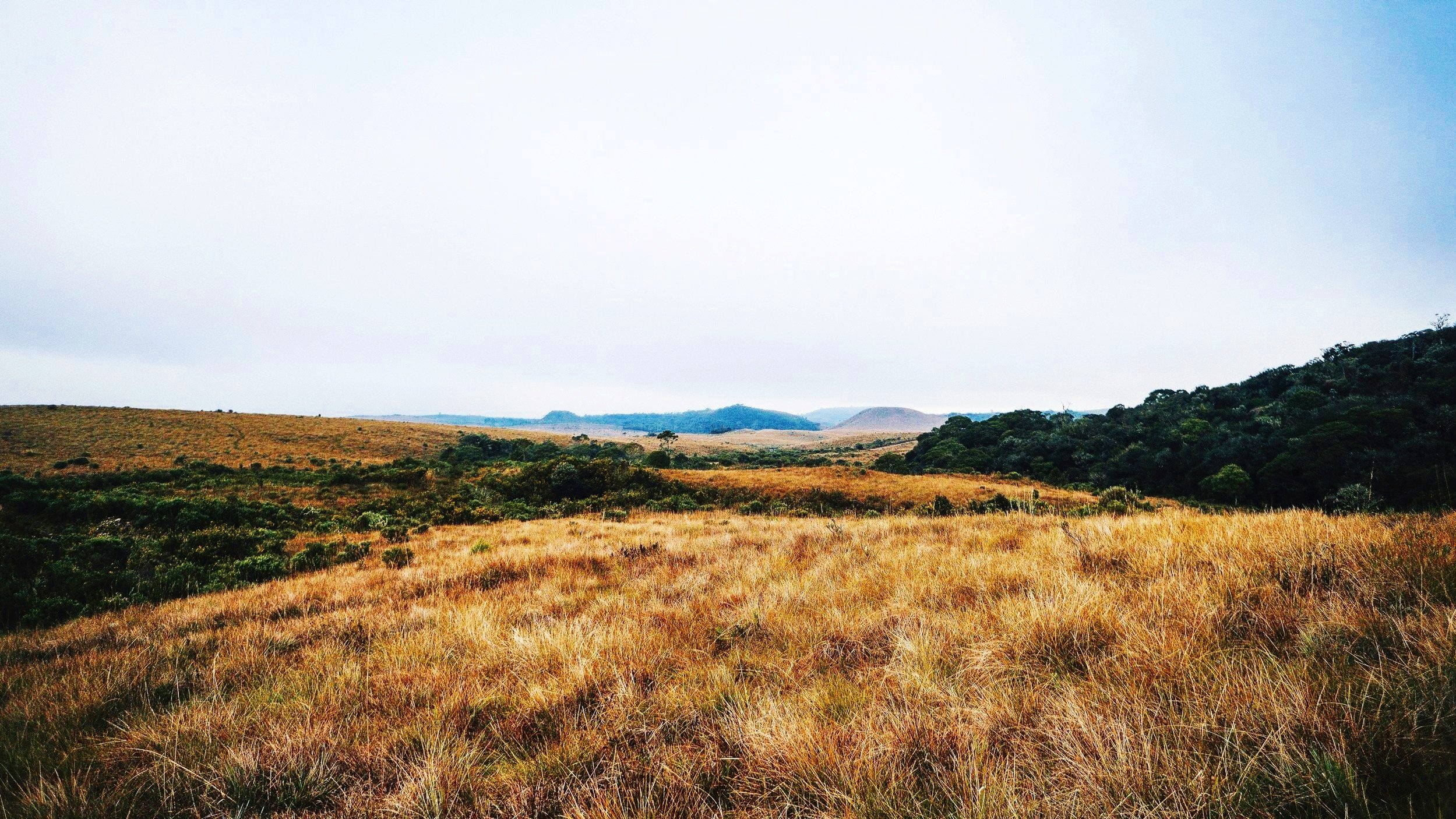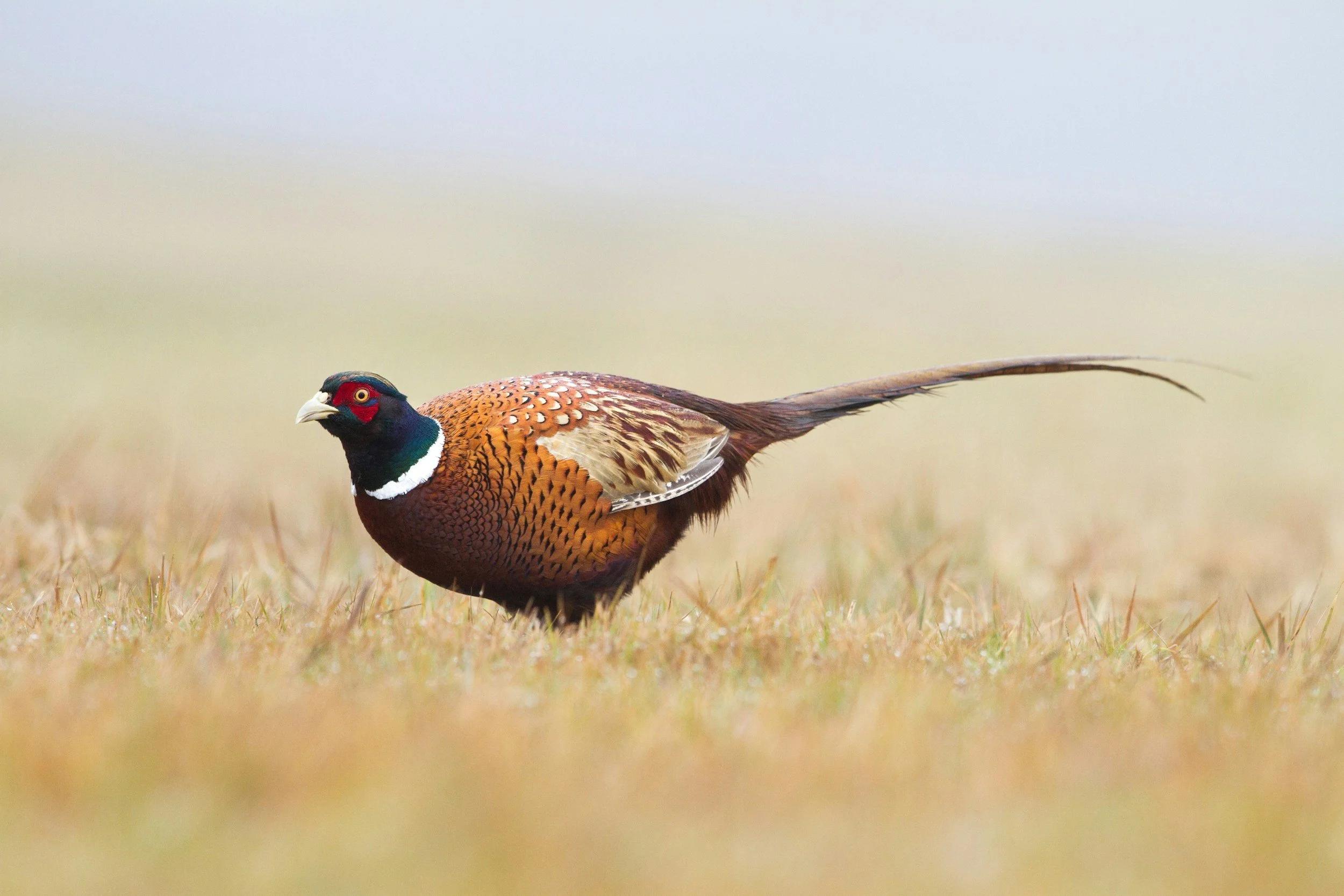
SHOT-SWITCH

Overview
On the 24th of February 2020, nine UK game shooting and countryside organisations issued a joint statement expressing their wish to end, within five years, the use of lead and single-use plastics in shotgun ammunition used by shooters “in consideration of wildlife, the environment and to ensure a market for the healthiest game products”. The intention was that this would occur on an entirely voluntary basis.
Our SHOT-SWITCH project aimed to monitor this transition over the five-year period by testing wild-shot pheasants offered for sale across Britain and determining if they have been killed using toxic lead or non-lead shotgun ammunition.
The project began in the 2020/21 pheasant shooting season (which ran from Oct 2020 to Feb 2021). Each year, whole pheasants are purchased from retailers by a collaborative partner network widely distributed across Britain, with their location and date of purchase documented. Birds are then carefully dissected to remove shotgun pellets, and these are then tested for bulk metallic composition at the ERI – testing for lead (Pb), tungsten (W), bismuth (Bi), iron (Fe), zinc (Zn), and copper (Cu). Pellets are also visually examined, recording their colour, malleability, and magnetism. At least 200 pheasants are being purchased each shooting season.
Over time, we described any changes we saw in toxic lead vs non-lead ammunition prevalence, relative to previous seasons. Hence, SHOT-SWITCH covers the whole period of the voluntary phasing-out of the use of lead shotgun ammunition in Britain and provides a clear measure of its success – with particular relevance to consumers of game meat, human and wildlife health.
Because of the range of benefits brought by the use of non-lead ammunition to the environment, human health and to the protection of game markets in the UK and Europe, it is possible that regulation of lead gunshot ammunition will be introduced in the UK soon after the end of the proposed five-year voluntary phase-out period. Whether that happens or not, we will use our experience from the SHOT-SWITCH project to propose future monitoring of shot types used for pheasant shooting after the 2024/2025 shooting season.
“Tracking the shift from toxic lead to safer ammo in UK game shooting”
Findings & Updates
Each year, SHOT-SWITCH publishes its findings in a peer-reviewed journal, with our first four seasons of results now published in February 2021, 2022, 2023, 2024, and 2025 in the Conservation Evidence Journal:
About SHOT-SWITCH
For further information regarding this project, please contact: ERI’s Dr Mark A. Taggart (Mark.Taggart@uhi.ac.uk), or Professor Rhys E. Green (University of Cambridge: reg29@cam.ac.uk), Professor Deborah J. Pain (University of Cambridge: dp596@cam.ac.uk). Further project details can also be found in these PDF’s, first about the project itself, and second about the methods used by our collaborators to find, remove and record the shot they find in purchased pheasants each year.
The Royal Society for the Protection of Birds, Waitrose & Partners, and the Scottish Alliance of Geoscience, Environment and Society (SAGES) contribute to the costs of materials and reagents for the study.
SHOT-SWITCH also approached two of the leading science-based organisations that made the joint statement on the 24th of February 2020 (BASC and GWCT) in April-September 2020 when the project was being planned and invited their involvement in its design and funding. Similar approaches were made in August 2021, August 2022, August 2023, August 2024, and August 2025. BASC and GWCT have so far declined to participate in the project.












